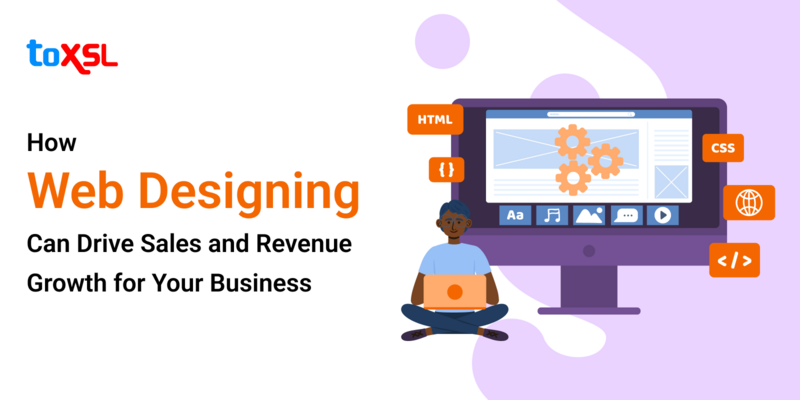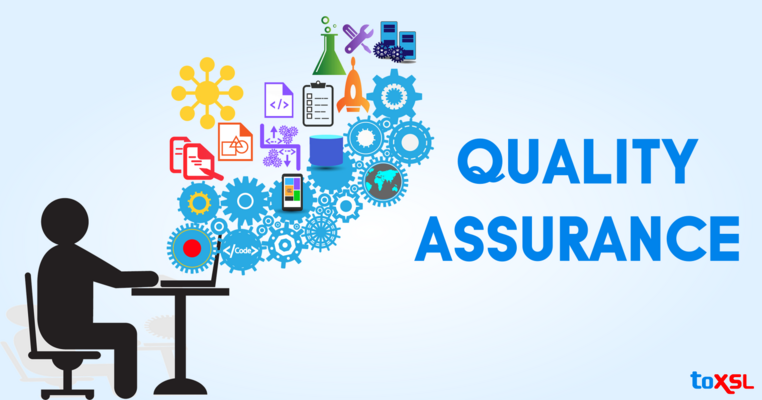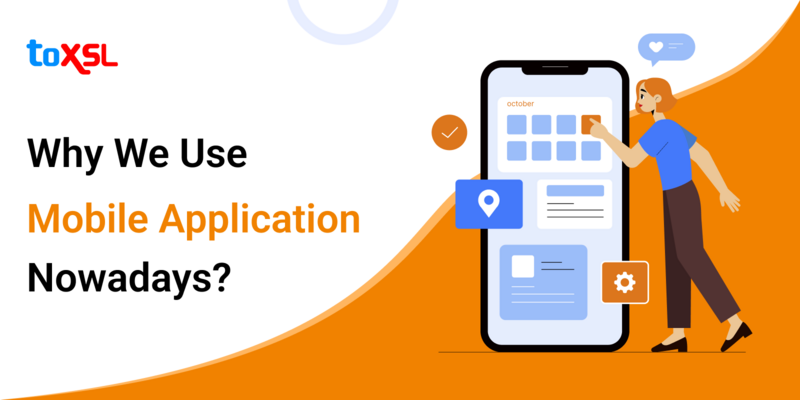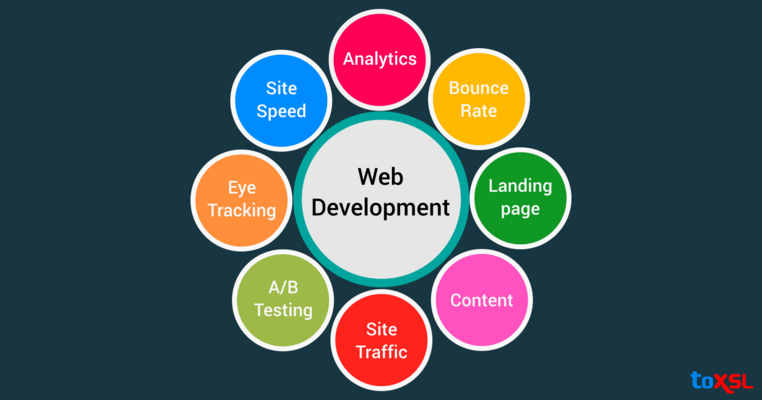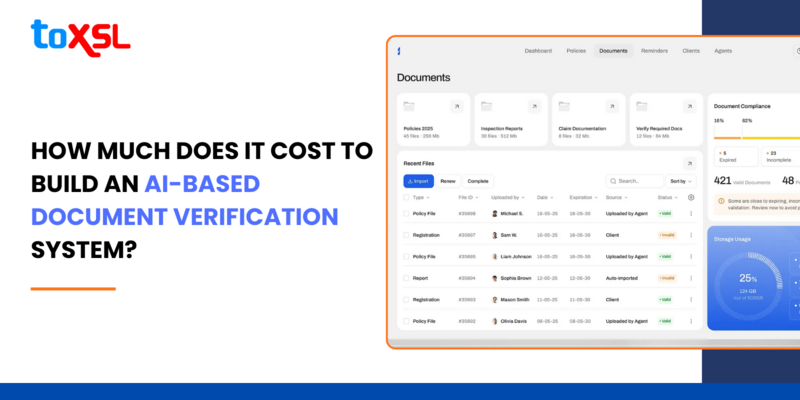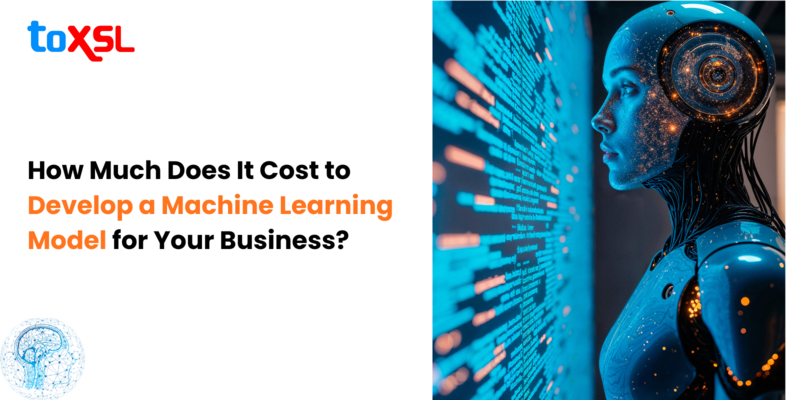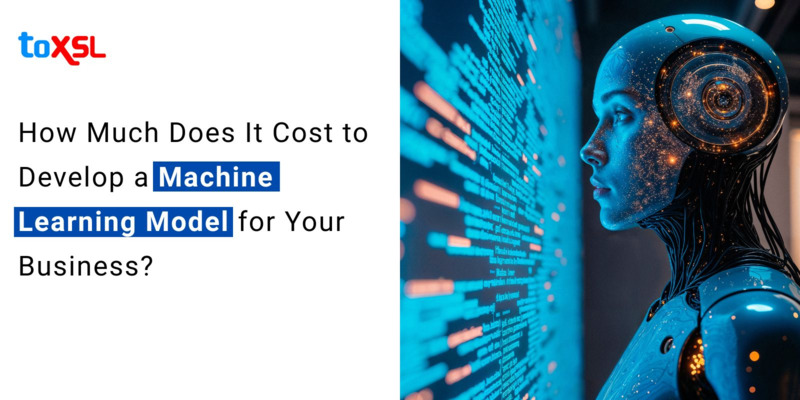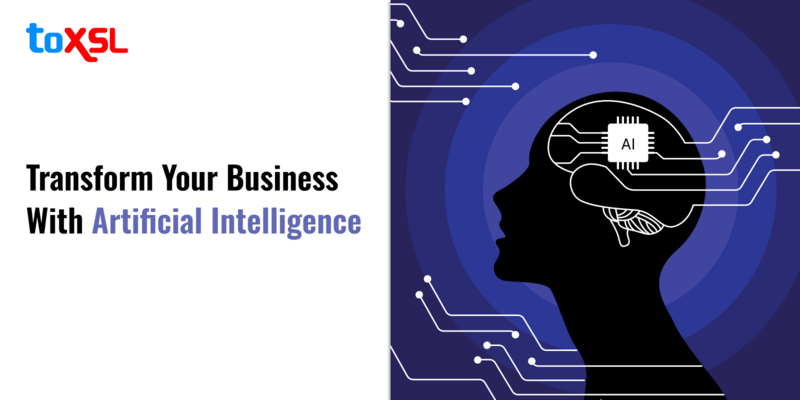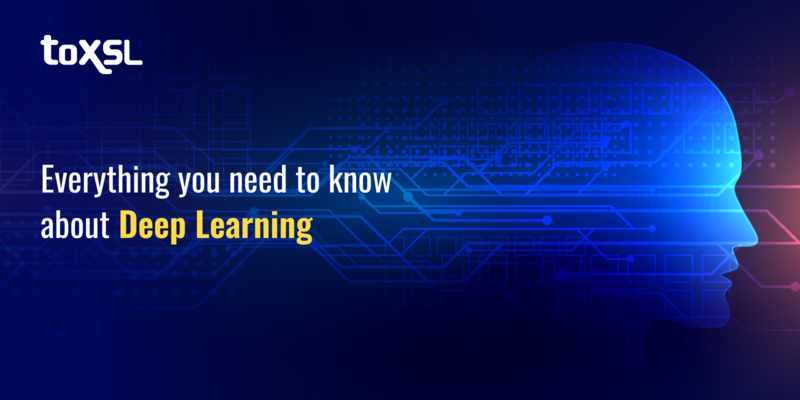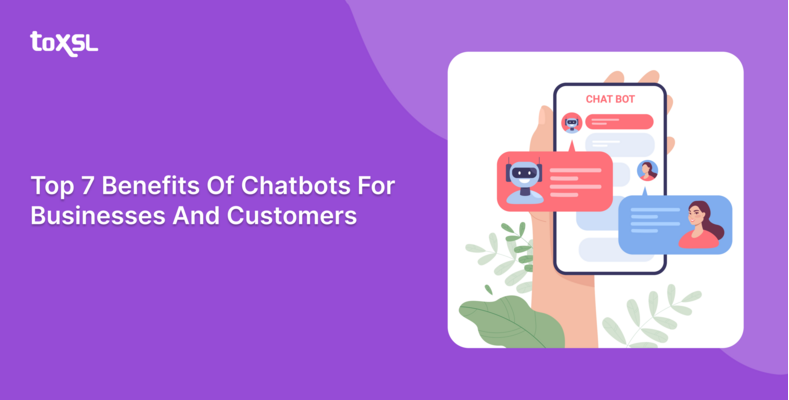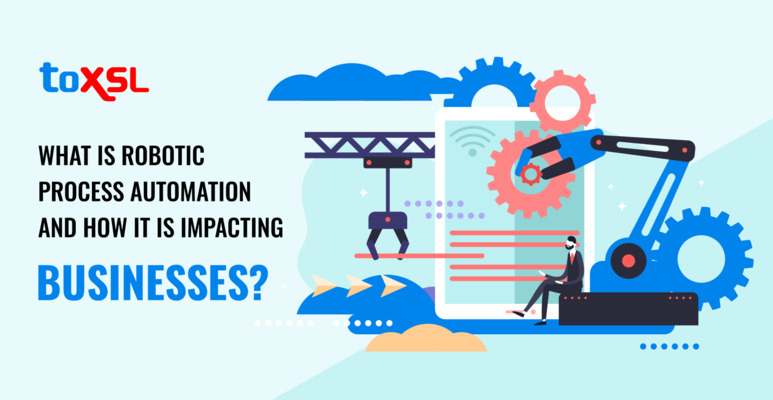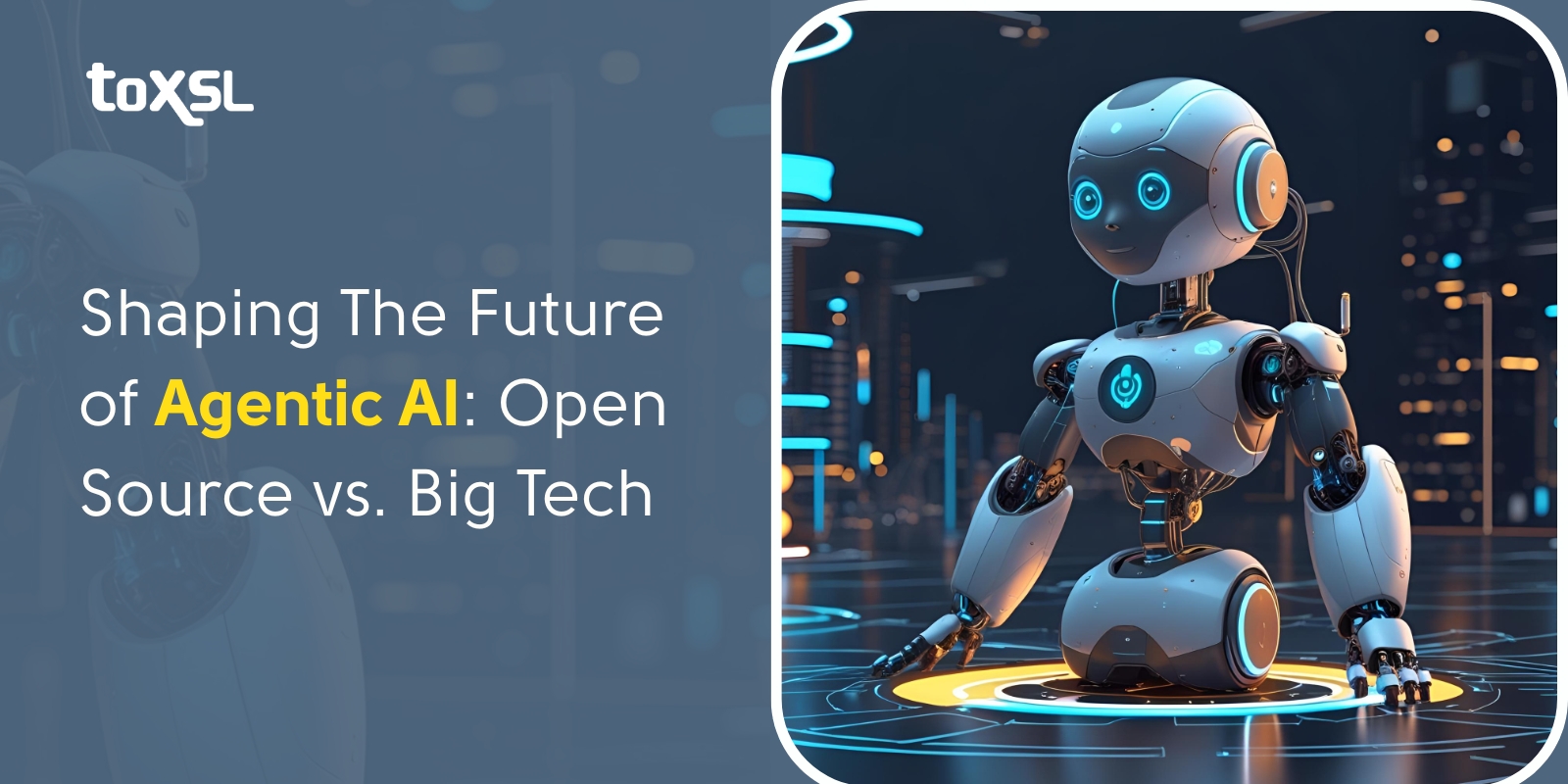
Artificial Intelligence (AI) is no longer confined to simple automation or reactive systems. The emergence of agentic AI, autonomous agents capable of reasoning, planning, tool usage, and collaboration marks a profound shift in how technology interacts with the world. Agentic AI systems are designed to break down complex goals into actionable steps, dynamically adapt to changing environments, and work alongside humans or other AI agents to solve real-world problems.
As the agentic AI landscape rapidly evolves, who will shape the future of agentic AI—the Open Source Community or the Big Tech Giants?
In this blog, we will delve deep into the nature of agentic AI, the contrasting approaches of open source and Big Tech, their respective strengths and challenges, and what the future might hold for this transformative technology.
Understanding Agentic AI: The Next Frontier of Artificial Intelligence
Agentic AI represents a new paradigm where AI systems are not merely passive responders but active agents capable of autonomous decision-making. Agentic AI systems:
- Decompose complex objectivesinto smaller, manageable subtasks.
- Use external tools and APIs to gather information or perform actions.
- Maintain context and memoryover extended interactions.
- Collaborate with other agents or humansto achieve shared goals.
This shift from reactive AI to proactive, goal-oriented agents opens up vast possibilities across industries—from automating IT service management and customer support to optimizing supply chains.
The market reflects this momentum. According to recent industry analyses, nearly 96% of enterprises are expanding their use of AI agents, and the agentic AI market is projected to reach close to $8 billion by 2025, growing at a compound annual rate of 46% through 2030. This explosive growth underscores the strategic importance of agentic AI as a core technology for the future.
Also, for agentic AI to reach its full potential, the ecosystem needs robust standards and protocols that enable interoperability, reliability, and scalability. Some of the critical areas where standards are essential include:
- Communication Protocols: Agents must "speak" a common language to coordinate effectively, whether they belong to different vendors or communities.
- Tool Integration: Standardized ways for agents to discover, authenticate, and use external tools and APIs ensure seamless functionality.
- Memory and Context Management:Consistent approaches to storing and retrieving interaction history help agents maintain coherent conversations and workflows.
- Multi-Agent Coordination: Frameworks that define how multiple agents collaborate, negotiate, or delegate tasks are vital for complex applications.
- Evaluation and Monitoring:Standard metrics and tools for assessing agent performance, safety, and ethical behavior are necessary for trustworthiness.
The Open Source Movement: Democratizing Agentic AI
The open-source community has been a powerhouse of innovation in AI for decades, and agentic AI is no exception. Open-source projects and frameworks have rapidly emerged, driven by a philosophy of transparency, collaboration, and accessibility.
Key Characteristics of Open Source Agentic AI
- Cost-Effectiveness: Open source frameworks are free or available at minimal cost, making advanced AI accessible to startups, researchers, and organizations with limited budgets.
- Customization and Flexibility: Users can modify source code to fit their unique needs, enabling tailored solutions that proprietary platforms might not support.
- Community-Driven Innovation: Thousands of contributors worldwide continuously improve codebases, identify bugs, and add new features, accelerating the pace of innovation.
- Transparency and Security: Open codebases allow for public scrutiny, which can lead to quicker identification and resolution of security vulnerabilities.
- Rapid Experimentation: Open source lowers the barriers for testing new ideas, fostering a vibrant ecosystem of plugins, integrations, and novel agent behaviors.
Notable Open Source Projects and Initiatives
Several open-source projects have gained prominence in the agentic AI space:
- LangChain:LangChain is apopular framework for building applications with large language models (LLMs) that support chaining calls, tool usage, and memory management.
- CrewAI: CrewAI focuses on multi-agent collaboration and role assignment, enabling agents to work together effectively.
- Langflow: Provides a no-code interface for designing agentic workflows, making the technology accessible to non-developers.
- MetaGPT: An ambitious project aiming to create modular, scalable AI agents with advanced reasoning and tool integration capabilities.
Moreover, open standards like the Multi-Agent Communication Protocol are being developed to foster interoperability across different agentic AI implementations.
Contributions from Big Tech to Open Source
Interestingly, many Big Tech companies recognize the value of open source and contribute tools and frameworks to the community. Examples include:
- Microsoft AutoGen: A toolkit for building multi-agent systems with coordinated behavior.
- Google’s Agent Development Kit (ADK): Open source components that facilitate agent creation and communication.
- OpenAI’s Agent SDK: Provides foundational tools for building agents capable of tool usage and complex reasoning.
Challenges Facing Open Source Agentic AI
Despite its many strengths, open-source agentic AI faces several hurdles:
- Resource and Expertise Requirements: Deploying and maintaining open-source frameworks often demands significant technical expertise and dedicated resources.
- Fragmentation Risk: Multiple competing projects and standards can lead to incompatibility and confusion for adopters.
- Enterprise Readiness: Some open-source tools may lack the robustness, security certifications, and professional support that large organizations require.
- Sustainability: Open source projects sometimes struggle with funding and long-term maintenance, especially if community interest wanes.
Big Tech Agentic AI: Enterprise-Grade Powerhouses
In contrast, Big Tech companies are leveraging their massive cloud infrastructure, research capabilities, and customer bases to build enterprise-ready agentic AI platforms. These platforms emphasize security, scalability, integration, and ease of use for business-critical applications.
Characteristics of Big Tech Agentic AI Platforms
- Security and Compliance: Built-in safeguards, encryption, and certifications meet stringent regulatory requirements across industries.
- Seamless Ecosystem Integration: Deep integration with cloud services, databases, identity management, and monitoring tools simplifies deployment.
- Scalability and Reliability: Cloud infrastructure ensures high availability, fault tolerance, and the ability to handle massive workloads.
- Professional Support and SLAs: Dedicated support teams and service-level agreements provide operational reliability and peace of mind.
- Declarative and Low-Code Interfaces: Many platforms offer user-friendly interfaces that reduce the need for extensive coding.
Examples of Big Tech Agentic AI Offerings
- AWS Bedrock Agents: AWS Bedrock Agents is a serverless framework that supports tool orchestration, memory management, and integration with AWS services.
- Azure AI Agent Service: Azure AI Agent provides declarative agent definitions with enterprise-grade security, orchestration, and compliance.
- Google Cloud Vertex AI Agent Builder: Focuses on secure, observable agents with built-in guardrails, leveraging Google’s ADK and Agent-to-Agent (A2A) communication protocols.
These platforms are designed to meet the demands of large enterprises that require mission-critical reliability and compliance.
Challenges of Big Tech Agentic AI
While powerful, Big Tech solutions come with their own set of challenges:
- Vendor Lock-In: Proprietary platforms can create dependencies that make switching providers costly and complex.
- Higher Costs: Licensing fees and usage-based pricing can become expensive, especially at scale.
- Reduced Transparency: The closed-source nature limits visibility into underlying algorithms and security mechanisms.
- Slower Innovation Cycle: Enterprise focus and risk aversion may slow the adoption of cutting-edge research compared to open-source communities.
Comparing the Two Paradigms: A Deeper Look
The open source and Big Tech approaches to agentic AI each bring unique advantages and trade-offs. Understanding these differences is crucial for organizations deciding where to invest.
- Innovation and Agility: Open source communities excel at rapid innovation. The freedom to experiment, fork projects, and share improvements fosters a dynamic environment where new ideas flourish. Big Tech companies, while innovative, often prioritize stability and security, which can slow the pace of change.
- Accessibility and Cost: Open source frameworks dramatically lower barriers to entry, enabling startups, academic institutions, and smaller enterprises to access cutting-edge agentic AI. Big Tech platforms, with their licensing and usage fees, may be prohibitive for some but offer value through integrated services and support.
- Security and Compliance: Enterprise-grade security and compliance are hallmarks of Big Tech offerings, essential for regulated industries such as finance, healthcare, and government. Open-source solutions can be secure but require organizations to invest in audits, hardening, and governance.
- Customization and Control: Open source provides unparalleled control over the technology stack, allowing deep customization and avoidance of vendor lock-in. Big Tech platforms offer convenience and integration but often at the cost of flexibility.
- Ecosystem and Integration: Big Tech platforms benefit from vast ecosystems of cloud services, data analytics, and ai developer tools, enabling seamless end-to-end solutions. Open-source projects may require more integration work but offer the freedom to choose best-of-breed components.
Conclusion
In conclusion, Agentic AI has the power to change numerous industries and how people and machines work together. The future of this technology depends on finding the right balance between two things - the creativity and freedom of open-source communities, and the strength and resources of big tech companies.
Open-source tools let everyone use, improve, and customize the technology easily. On the other hand, big tech companies provide strong security, smooth connections with other systems, and reliable support. The best future would be a mix of both, where open standards help everything work together smoothly, creating a shared AI system that benefits everyone.
Companies that carefully explore this new world by working together, building skills, and thinking about ethics, will be able to use agentic AI to bring new ideas, work more efficiently, and stay ahead in their fields in the coming years. Contact us to learn more.




